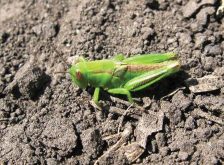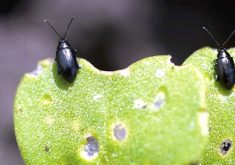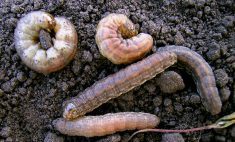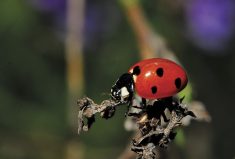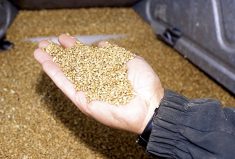Glacier FarmMedia – A new initiative aims to boost surveillance of — and the response to — pests affecting Prairie agriculture.
The Prairie Biovigilance Network comprises a group of experts in plant pathology, entomology, weed science, economics and agronomy led by AgCanada research scientist Brent McCallum.
Researchers examine the pests that are causing the problem as well as the cropping systems, previous problems in a field, soil health, environmental drivers, local geography and climate, he said.
Read Also
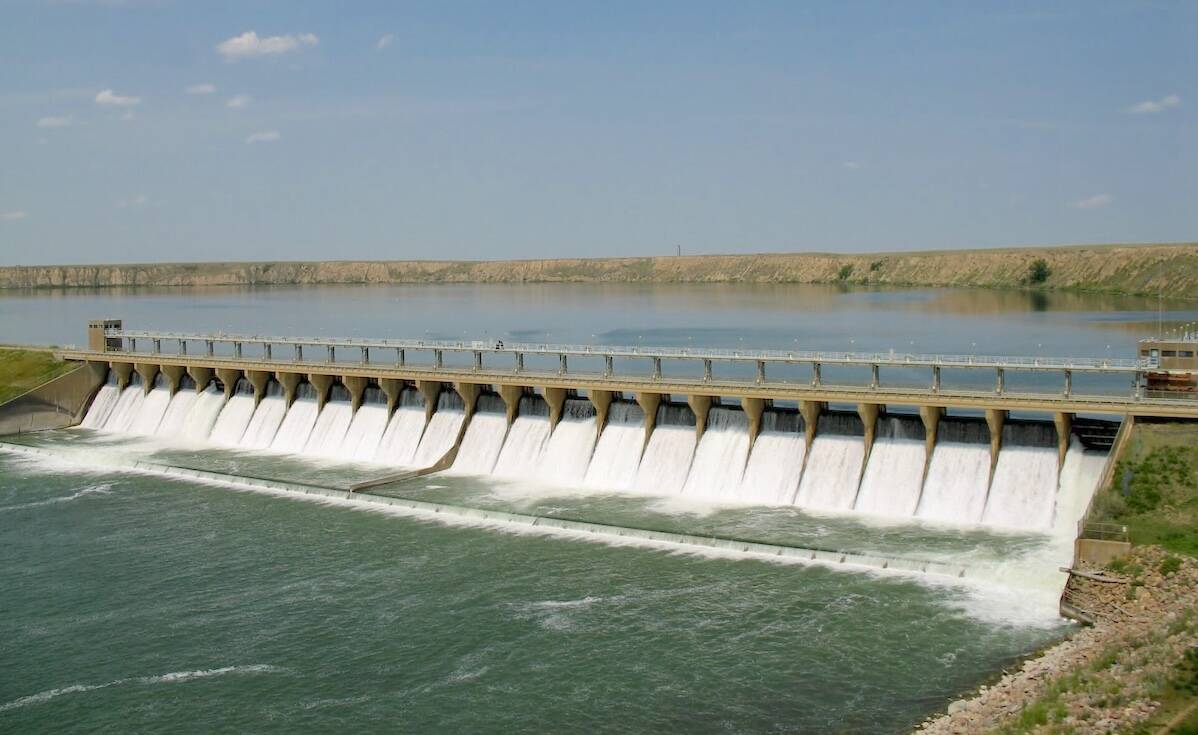
Alberta announces new studies to account for future water needs in southern Alberta
Alberta’s government is undertaking a review of potential sites for dams and other infrastructure to prepare for future water needs.
“From there, we look at what’s going on with this pest population; where is it moving and how is it changing and evolving,” McCallum said.
Biovigilance also involves cultural factors such as food trends when looking at things that might affect pathogens. For instance, kale has become increasingly popular in recent years. As more kale fields were planted, researchers would expect the arrival of pathogens specific to kale.
A heightened level of awareness is important before researchers look toward mitigation strategies and tools available to combat a pest. But even then, the process isn’t over.
“We want to make sure that we’re continually monitoring and applying those mitigation strategies to control the pests,” McCallum said. “We know these pest populations are dynamic, and they can change or they can evolve to overcome some of the control measures we use against them.
“We’ve been working on these problems for over 100 years so we’ve definitely learned some things.”
One of those lessons is that you can’t let your guard down. McCallum has spent a lot of time researching stem rust in wheat.
“We thought it was the biggest problem we ever had in the crop,” he said. “There were years where you could hardly grow a wheat crop because of the stem rust.”
Then wheat cultivars with resistance to stem rust were introduced.
“We’ve controlled it well that way, but even that pathogen changes over time and could change to overcome the resistance that we have now. So we have to keep looking and seeing what’s going on with the stem rust population, and also keep discovering new stem rust resistance genes that we could deploy into future cultivars if that disease changes and becomes a problem in the future.”
[RELATED] Grainews: A look at wheat and canola field crop diseases
At present, the network is composed of AgCanada researchers but the intent is to collaborate with colleagues from provincial governments and stakeholder organizations, as well as producers.
Collaborative work across disciplines is a key element, said McCallum.
“That’s something we didn’t do very much of before,” he said. “The weed scientist might be on wheat, but they wouldn’t necessarily talk to the wheat pathologist or the people studying entomology on wheat.
“And that’s really paying off, because we’re learning from each other in terms of not only how to conduct the research but also how to interpret the findings, and getting a better picture of what’s going on with our crops by combining our efforts under the biovigilance umbrella.”
In a video, plant pathologist Odile Carisse cites an example that shows the value of collaboration.
“Using a biovigilance approach, we discovered that certain herbicides facilitate soil fungi that attack plants,” Carisse said. “We would not have thought about this in the past. If researchers in herbology are working without speaking to researchers in plant pathology, we solve one problem while creating another. If we look at the whole picture, we are better able to predict a new problem that might emerge.”
The Biovigilance Network is not necessarily about replacing chemical mitigation methods with more environmentally friendly options, said McCallum.
“We know chemical control is an important tool that we have. But there are also other tools, such as genetic resistance and cultural controls like crop rotations and tillage. We want to use them all in the most effective manner and keep monitoring our pest populations to see that our tools are still working.”
The ultimate goal of the network is to mitigate potential threats from plant diseases, weed species and insects before they impact the agricultural sector on a larger scale. The next step in achieving that goal is to expand the network so more producers can benefit.
“We want to raise awareness and get producers to participate with us,” McCallum said.
“We don’t just do this work in isolation; it’s something we need to do with the producers. They’re the ones who are on the front lines and generally the first to notice pests cropping up in their fields. Their contributions to the network are crucial.”
– This article was originally published at the Manitoba Co-operator.



